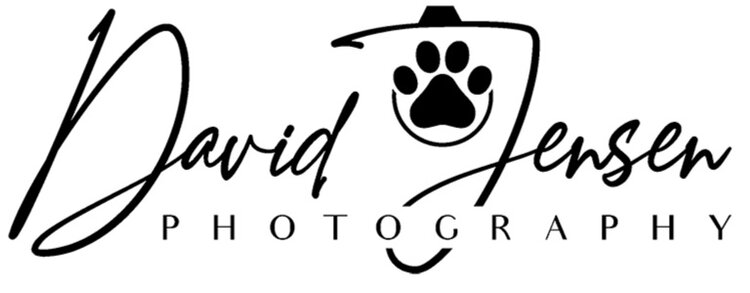Legacy in a Suitcase
Cabin life in 1930s Southeast Alaska. Every photograph tells a story. All photographs in this story are ‘Artist Unknown.’
Pan American Airlines suitcase. Likely used by someone who was part of a flight crew when the airline serviced Anchorage.
Dusty and sealed tight, a gray plastic suitcase was tucked away in a corner of the Jensen’s log cabin in Cooper Landing, Alaska. The side of this time capsule was labeled “Pan Am.” It was hidden in the shadows and cobwebs for decades.
Black and white , color and sepia-toned photographs spill out of a Pan Am Airlines suitcase.
“Pan Am” represented the once prominent and now defunct Pan American Airlines of the past century. A small note with my father's distinct writing was taped to the handle. It offered a clue to the history and age of this relic and the treasures within. He wrote that he discovered the suitcase in an old building that he and his law partner owned in Anchorage in the 1960s. That house, located on the bluff of 3rd Avenue and L Street is long gone. Dad’s law practice purchased the old three story structure before constructing the office building they named Resolution Plaza. The property sits next to the Captain Cook Statue that watches over the inlet on the edge of Anchorage.
To the best of my research, this is Edith Murphy, one of two sisters who owned the small house on the bluff of Anchorage at 1029 West 3rd Avenue.
When my mother and father passed, they left a beautiful home in Cooper Landing. Included on that property was an old log cabin where they stored things that might be useful another day. That’s where my sister and I found a suitcase tucked in a corner under cobwebs and silty dust deposited from the bank of Kenai River just 50’ downhill from the cabin’s front door.
I remember unlatching that suitcase the very first time. It burst open and seemed to gasp for air. Photographs poured from its sides. I welcomed the aroma of those old photos the same way ghosts might welcome fresh air after being released into the present. It smelled like history and memories. It came alive. The scent of old paper and photographic chemicals also reminded me of film and processing from days long past.
“To Mom, Love Jimmy.”
I sifted through the photographs. It was an archive that included black and white photos, marriage certificates, obituaries, handwritten letters and an original poem from a world war battlefield dating back nearly one hundred years.* The collection represented the lives and stories of Edith, her family and friends from the 1920’s - 40’s. Nearly 200 images invited me into her legacy. The images feature times and places throughout Alaska, especially the Southeast. And Edith … she was one of two sisters who sold their Anchorage property to my father.
Some of the sepia-stained images included handwritten notes to loved ones, including Edith. One relative inscribed “This photo makes me look bigger than I really am!” Another wrote: "Mr. Beal and Baby Jimmy." Inked on the front of another: “To Mom, Love Jimmy,” showing the lad many years older.
Each of the faded inscriptions brought more life to their lives.
A young expecting couple pose with their Model A Coupe, probably new at the time.
The stories inside the suitcase remind me of the power of a photograph. A single photograph from nearly a century ago can stir the imagination. The photos suggest a simpler time until things like two world wars and The Great Depression come to mind. Fast forward from today and those who follow in our footsteps 100 years from now may feel the same about their decendents.
Photography has been reinvented many times since Edith’s collection of photographs was created. It’s evolution includes black and white, Polaroid, 35mm, large format and now digital imaging.
Photography still has the potential to remind us of our past. But we’re more and more unlikely to open vaults like this one that offer the same essence.
Today, photography is everywhere. We’re inundated with pictures and visual messages that are shared and posted online. They fly off the screen with the click of a keyboard toward an invisible cloud in 30 seconds or less, perhaps never to be seen or appreciated again. In contrast, Edith’s old suitcase of photographs lives on. It introduces a family never met. Though, browsing through the collection, I feel as if I have met them.
Printed photographs have great power. A printed photograph is real. It’s authentic and has soul. It was likely touched by the people of that time. They kindle the imagination.
If we’re not careful, important stories of our past will disappear into a cloud much like the wings of an airplane flying high many decades ago. It fades into the sky and is soon out of sight and grasp. Those chapters may never be told again.
The power of your own suitcase should never be lost in billowy clouds. Leave a suitcase for someone to find another day and another time.







